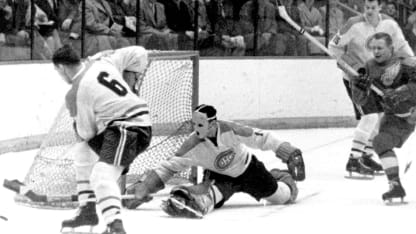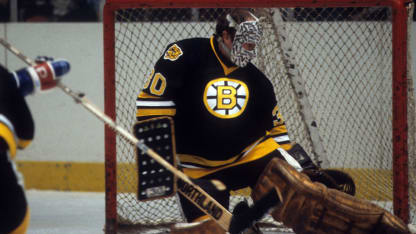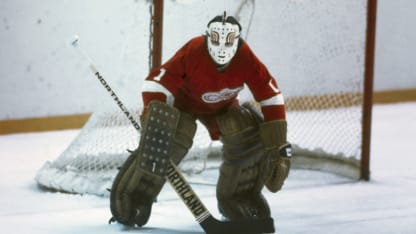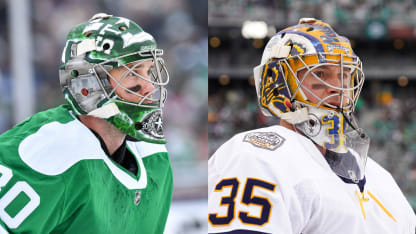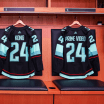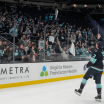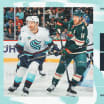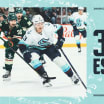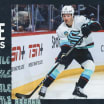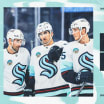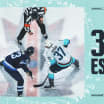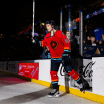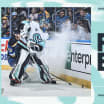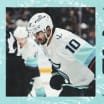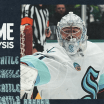The artistic trajectory of the ice hockey goal mask started with famed Montreal Canadiens goalie Jacques Plante inventing the medium, even if he didn't intend for masks to become aform of self-expression in today's NHL.
Painting on a canvas first popularized among Venetian painters during the 16th century Italian Renaissance. The canvases were made from tightly woven hemp. The artists liked a canvas because it dried efficiently in the humidity of Venice. Previously used frescos (wet-plaster walls/ceilings long to dry) or wood panels (warped by moisture) created problems.Hemp was in high supply, too, since it was also widely used to make sails.
Plante is hockey's renaissance goalie.
Artistic License
From Jacques Plante to Gerry Cheevers to Jim Rutherford to Henrik Lundqvist, a goalie's mask serves as a form of protection and self-expression
Goalie masks offer a canvas for art, self-expression
